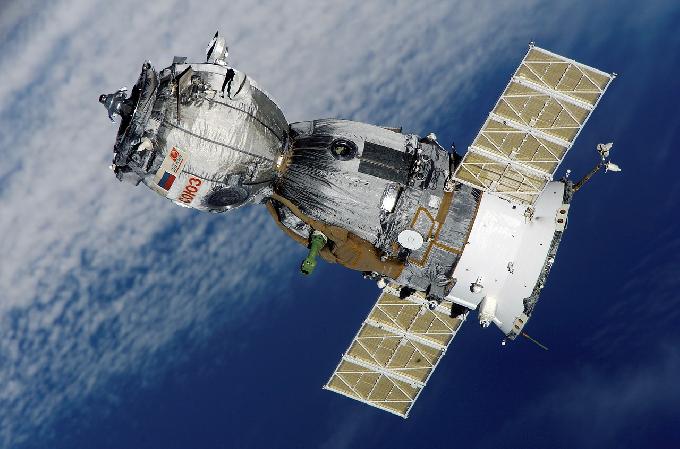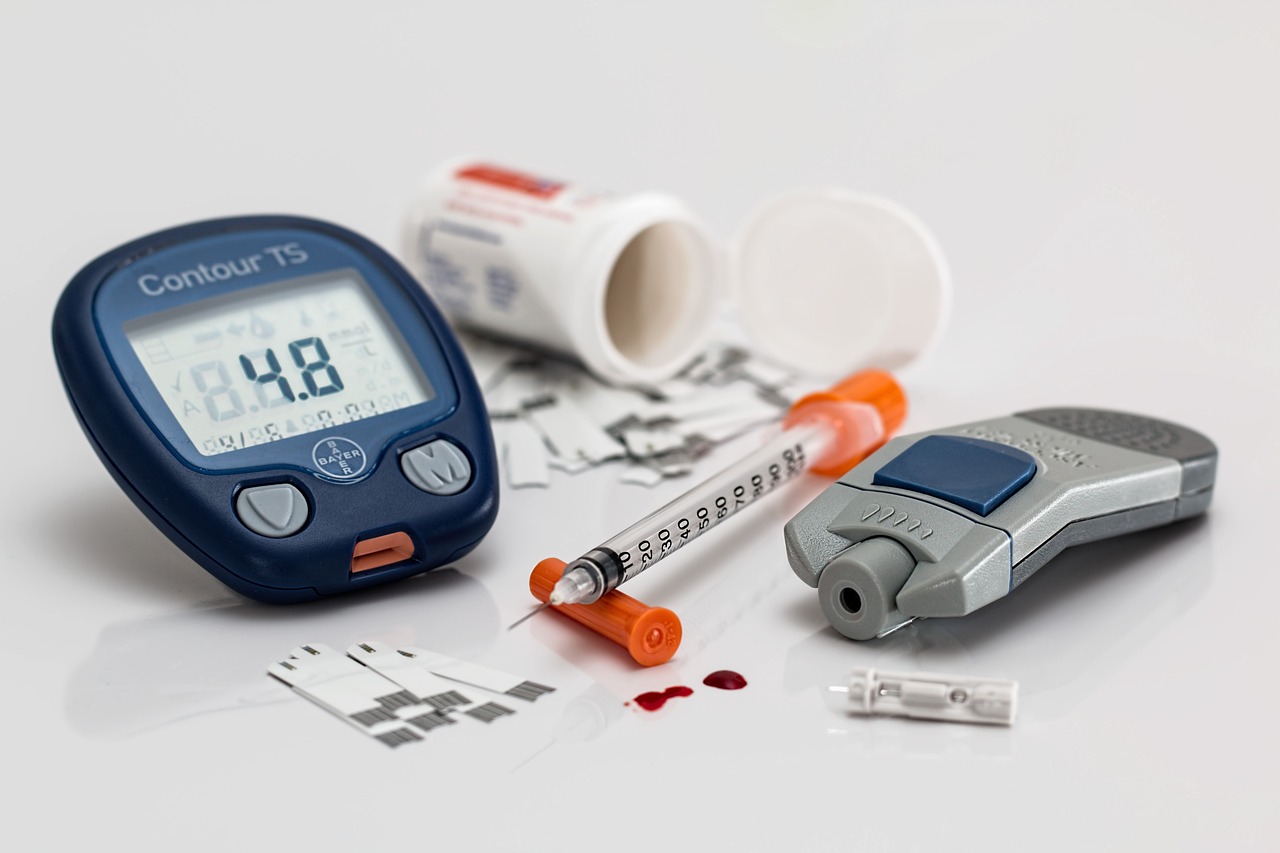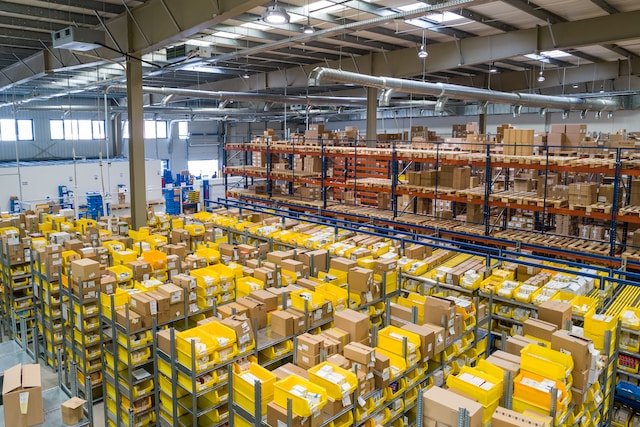Thousands of worms will be blasted into space in the U.K.’s first experiment at the International Space Station.
Microscopic worms of the Caenorhabditis elegans species will be shipped to the orbiting laboratory, for the project called “Molecular Muscle Experiment.” With this project, scientists want to study how muscle cells grow and develop in space and on Earth.
But why did scientists choose these worms?
In space, astronauts can lose up to 40 percent of their muscle after six months; this is due to spaceflight that causes many negative health changes. The worms being used in this experiment are biologically very similar to humans and are also affected by biological changes in space, which include modifications in muscle as well as the capacity to use energy.
Scientists are hopeful that this experiment will provide knowledge that can contribute to better understanding muscle disease down here on Earth.
Tim Etheridge, senior lecturer at the University of Exeter in the U.K., said, “Worms are, perhaps surprisingly, a very good model for human muscle maintenance.”
“At the molecular level, both structurally and metabolically, they are highly similar to that of humans, and from a spaceflight specific perspective, they provide a lot of practical advantages.”
“They are very small, quick to grow, cheap, and easy to maintain. It makes them good to work with.”
Sam Gyimah, the Minister for Universities, Science, Research and Innovation, said: “It’s not every day that you hear of the potential health benefits of sending worms into space, but this crucial project, which is also the first of its kind, could lead to better treatment for muscular conditions for people on Earth as well as improving the wellbeing of our astronauts.”







